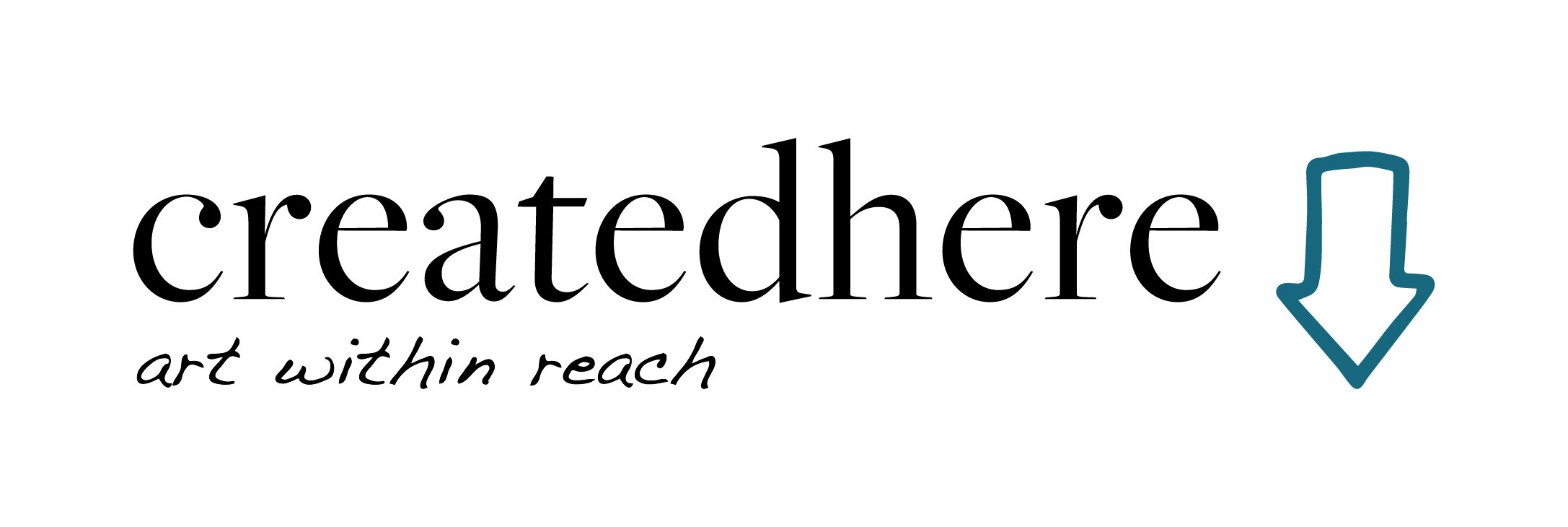Call for Action to Protect the Arts Sector | New Report from AAAPNB & ArtsLink NB
COVID-19 hit the arts and culture sector hard. Between January 2020 and January 2021, 17% of jobs in the information, culture and recreation sector were lost in New Brunswick, and between December 2019 and December 2020, the Canadian arts, entertainment and recreation sector suffered a 50% loss in revenue.
These statistics, from an ArtsLink NB press release, are one of the reasons for a new report titled “ACT NOW! For the Survival of the Arts and Culture Sector.”
“The arts sector is probably one of the hardest hit,” says Julie Whitenect, Executive Director of ArtsLink NB. “If you think of tourism decline and lack of public gatherings, that is a big chunk of what the arts sector does. I think a lot of organizations, collectives, artists, won't have made it through with their businesses, or their endeavors won't have made it through the pandemic.”
The information from the report was originally compiled, researched and published first by the Association acadienne des artistes profesionnel.le.s du Nouveau-Brunswick (AAAPNB) and was later translated into English and published by ArtsLink NB.
In June and October of 2020, AAAPNB did consultations with 250 francophone and anglophone artists, arts and cultural organizations and businesses. It was important to get information out sooner than later, said Julie.
Julie says now that it’s released in both French and English, they’re planning to disseminate it widely, possibly across Canada.
“This report is a really great framework for us to start the rebuilding and recovery of the sector,” she said.
1. Providing a solid foundation
2. Allocating stimulus funds
3. Strengthening arts and cultural organizations and industries
4. Increasing collaboration between governments and the arts and cultural sector
5. Promoting creativity, dissemination and professional development
6. Stimulating demand for cultural product
Julie says it’s important to put effort into ensuring the arts sector comes back for a few reasons, one being that the arts and culture sector in New Brunswick is the second largest industry that contributes to the province’s GDP.
In 2017, cultural activity in New Brunswick generated $957 million worth of output, contributed $550 million to the provincial gross domestic product (GDP) and supported 7,570 jobs across the province, says a report by ArtsLink NB.
“That’s a lot of money. And if that industry is hit, then we all suffer from that.”
Julie also thinks this is a great time for us to start thinking differently about how we’re supporting the arts and culture sector.
“Often cultural workers don’t necessarily qualify for all the social protections like EI and CPP that the rest of us might take for granted. And what does retirement look like for them? I think this has really been an eye opener for all peoples, all workers. What happens when your job, when your industry, just disappears one day?”
It’s also important to consider that the arts and culture sector needs more investment, she said.
“There needs to be more money put into it, especially with the amount of return we receive. I think that speaks for itself, but it's often overlooked.”
The New Brunswick Department of Tourism, Heritage and Culture have a cultural thinktank where a few of the items from the report are already being worked on, said Julie. ArtsLink NB will also be bringing the report forward to Canadian Heritage and Canada Council for the Arts. They've also heard support from the Government of New Brunswick.
“The further we spread it, the more of our partners across the country can use it for their own provinces and their own artists.”

